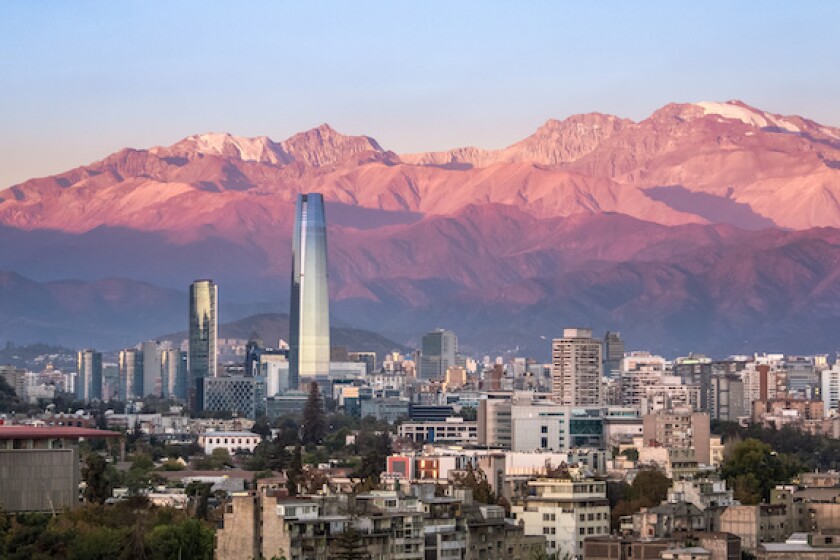RIO DE JANEIRO, BRAZIL – Chilean BCI Estudios estimated on March 15 a “high probability” that towards the last quarter of the year, the Chilean economy will be in recession and record in 2022 a growth of 1.8%, while the vision towards 2023 continues to be weak, with a growth of only 0.5%.
“Chile is facing a complex situation, marked by uncertainty regarding the constituent process and the installation of the new government, in addition to the Ukraine-Russia war, which recognizes a new global geopolitical order, with relevant impacts on growth and global risks,” it said in the latest quarterly report Claves Económicas. “The scope and impact of the new scenario being drawn are still to be seen.”
BCI Estudios indicated that the Chilean economy shows a deceleration in terms of growth, in line with the adjustment required to contain the pressures on prices on the domestic demand side, given the evident overheating of the economy. The loss of momentum in the economy will be highlighted by the effects of the war on global activity.

“Private consumption is about 20% above pre-pandemic levels, which is not sustainable. Monetary stimulus has already been withdrawn, while government spending is expected to fall by around 20% this year,” it said.
RECORD INCREASE IN KEY RATE
In the document, BCI Estudios also anticipated that at its meeting at the end of this month, the Council of the Central Bank of Chile could raise the Monetary Policy Rate (TPM) by 200 basis points to 7.5%, and then make a final increase of 100 bps at the meeting in early May to 8.5%, a level that it will maintain for some months, BCI Estudios estimated.
“The Central Bank finds itself in a rather complicated context,” it argued in the analysis. “Although during 2022, inflationary pressures will be mostly from the supply side, the de-anchoring of expectations will lead the Central Bank to continue with its contractionary cycle, which will be one of the most aggressive since the implementation of the inflation targeting scheme in the early 2000s.”
The base scenario of BCI Estudios considers that price pressures will remain throughout the year, although they will start to ease timidly in the second half of the year. Thus, inflation would close 2022 at around 7.5%. “By 2023, given the growth scenario and higher TPM levels, we see inflation easing, barely falling within the Central Bank’s target range,” it said.
LOWER EXCHANGE RATE RISKS
BCI Estudios stated that exchange rate risks have dissipated at the local level, thanks to positive signals from the fiscal side and responsible economic management of macroeconomic accounts. Announcements consistent with the stabilization of the external debt and lower pressures on the current account deficit anticipate a better scenario for the local currency, subject to the confirmation of these guidelines.
The base scenario of BCI Estudios contemplates an exchange rate of around CLP 790/USD by the end of 2022, recognizing a significant change compared to the projections of a few months ago.
“If the arguments in favor of the peso become more acute, an alternative scenario incorporates an exchange rate at CLP 750/USD. With a lower probability of occurrence, we maintain the possibility of an adverse scenario for the local currency that is consistent with a parity close to CLP 900/USD, if the fundamentals on the Chilean economy and fiscal management become tense again,” the report added.

